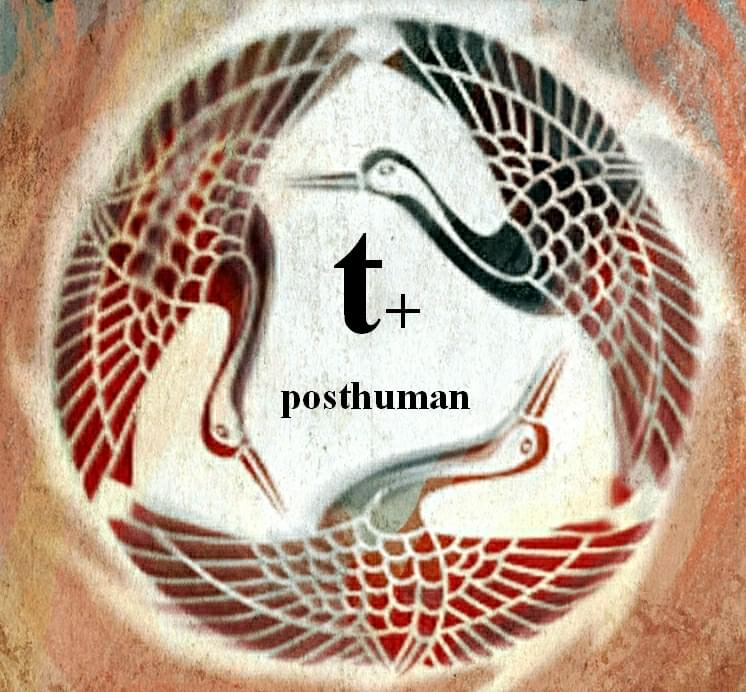Malicious Google Search ads for generative AI services like OpenAI ChatGPT and Midjourney are being used to direct users to sketchy websites as part of a BATLOADER campaign designed to deliver RedLine Stealer malware.
“Both AI services are extremely popular but lack first-party standalone apps (i.e., users interface with ChatGPT via their web interface while Midjourney uses Discord),” eSentire said in an analysis.
This vacuum has been exploited by threat actors looking to drive AI app-seekers to imposter web pages promoting fake apps.
Hackers are using Google Search ads to trick AI tool seekers into downloading malware.








